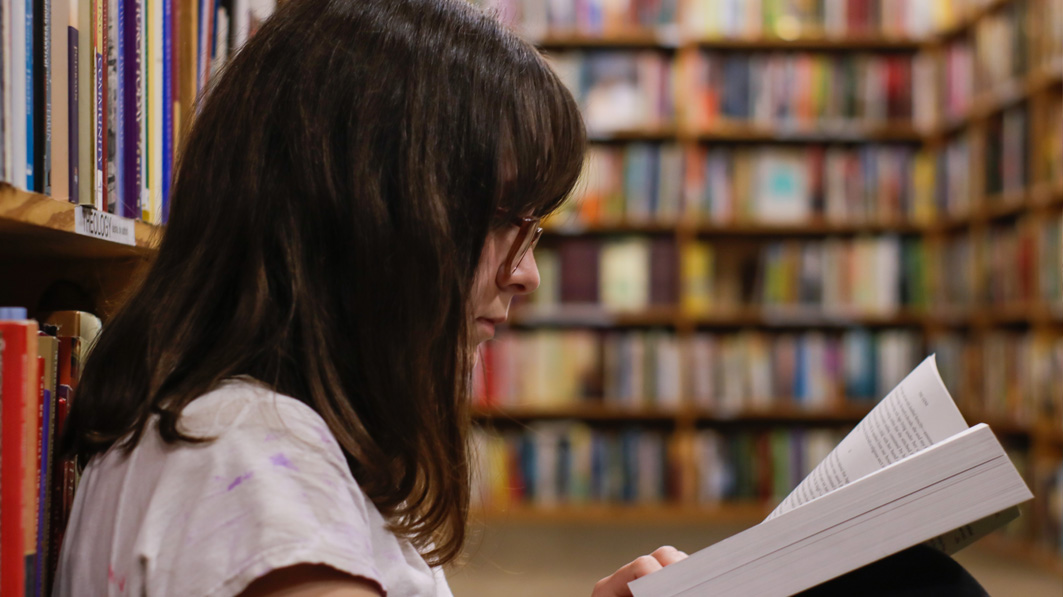The U.S. Supreme Court will have many important cases to consider during the weeks and months following the opening of its 2019-20 term on Monday, October 7. Religious liberty figures prominently in cases the court has already agreed to hear.
One of those cases involves education and school choice. The nation’s courts are hopelessly confused and divided over how to deal with government programs that benefit private education. Many states exclude private religious education from government programs. What do the First and Fourteenth Amendments to the U.S. Constitution say about that? We will soon find out what the nation’s highest court thinks.
At issue is a scholarship program passed by the Montana legislature in 2015. The law encourages private giving to private educational scholarship programs by incentivizing such donations with a $150 tax credit. Parents can apply for such scholarships for use in sending their children to private schools, including religious ones. State bureaucrats, however, frustrated the legislature’s purposes by excluding religious schools from the program, claiming the Montana Constitution required it.
The state agency’s decision was challenged in state court and overturned, to the great relief of parents and students, many of whom are poor and depend on scholarships to enable them to make educational decisions that are best for their families. However, the state’s Supreme Court later reversed the lower court, and threw out the entire law in the process. That decision was appealed, and the U.S. Supreme Court has accepted the case.
Dozens of organizations have expressed interest in this case and have filed “friend-of-the-court” briefs, aka amicus briefs, with the high court, both pro and con.
Those supporting such educational scholarship programs argue that the U.S. Constitution requires state and federal governments to be neutral toward religion in the administration of government programs, not hostile. The Montana program, like many other programs around the country, attempted to benefit both secular and religious private schools in a neutral manner. Once the state agency disfavored religious private schools by essentially rewriting the law to exclude them, the program was no longer neutral, so the argument goes.
You may recall that the Supreme Court made that point recently in its 2017 Trinity Lutheran decision, but that opinion was limited in scope, and doesn’t apply directly to the educational issues in this case. However, it may indicate the leaning of the justices as they face the issues in the Montana case.
Many state governments, Montana included, have state constitutional amendments dating back to the late 1800s banning aid to private religious education. Such amendments, called “Blaine Amendments,” are unfortunately rooted in the anti-Catholic bigotry of that era.
On the other hand, those supporting the exclusion of religious schools from such government programs argue that the Supreme Court itself has granted states the leeway, under the First Amendment, to exclude such benefits. Various federal courts and state courts that have looked at such issues over the years are almost diametrically opposed in how to interpret the past decisions of the Supreme Court bearing on the subject. That’s why this case is a useful vehicle for resolving this split in decisions.
The rule of law is benefitted by uniform application. That is, the U.S. Constitution should be interpreted the same way in all courts, state and federal, so that residents of Maine, for example, will not be excluded from programs that New Mexicans enjoy. The Supreme Court is in a perfect position to end the confusion. If it does so in a way that benefits the religious educational decisions of parents, many more states can be expected to follow suit and create similar types of programs across the country.
The case is Espinoza v. Montana Department of Revenue.






